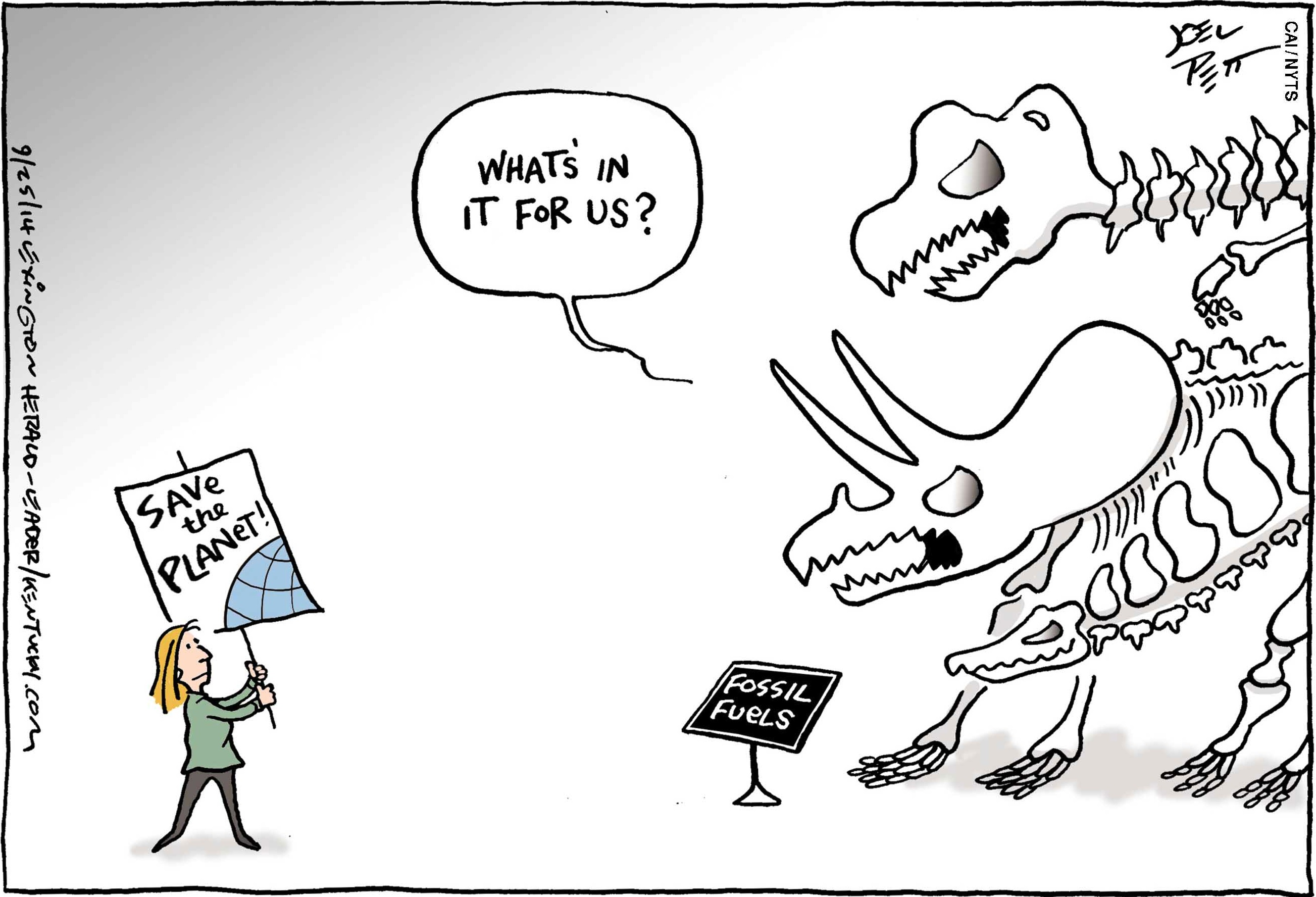If the world is to avoid climate catastrophe, it will have to forego burning almost 90 percent of proven coal reserves, plus one-third of oil and half of natural-gas reserves. But instead of implementing policies aimed at realizing that objective, governments continue not only to subsidize the fossil-fuel industry, but also to use scarce public resources to find new reserves. That has to change — and fast.
In an effort to help spur that change, the Heinrich Boll Foundation and Friends of the Earth International have aggregated key data about the coal industry in the just-released Coal Atlas. The figures are striking.
According to the International Monetary Fund, post-tax subsidies for coal (including environmental damage) reached 3.9 percent of global GDP this year. Group of 20 governments are estimated to spend $88 billion per year on exploration subsidies for new fossil fuels. And a recent report by the Natural Resources Defense Council, Oil Change International, and the World Wide Fund for Nature revealed that from 2007 to 2014, governments channeled more than $73 billion — or over $9 billion per year — of public money toward coal projects. Leading the way were Japan ($20 billion), China (around $15 billion), South Korea ($7 billion) and Germany ($6.8 billion).


















With your current subscription plan you can comment on stories. However, before writing your first comment, please create a display name in the Profile section of your subscriber account page.